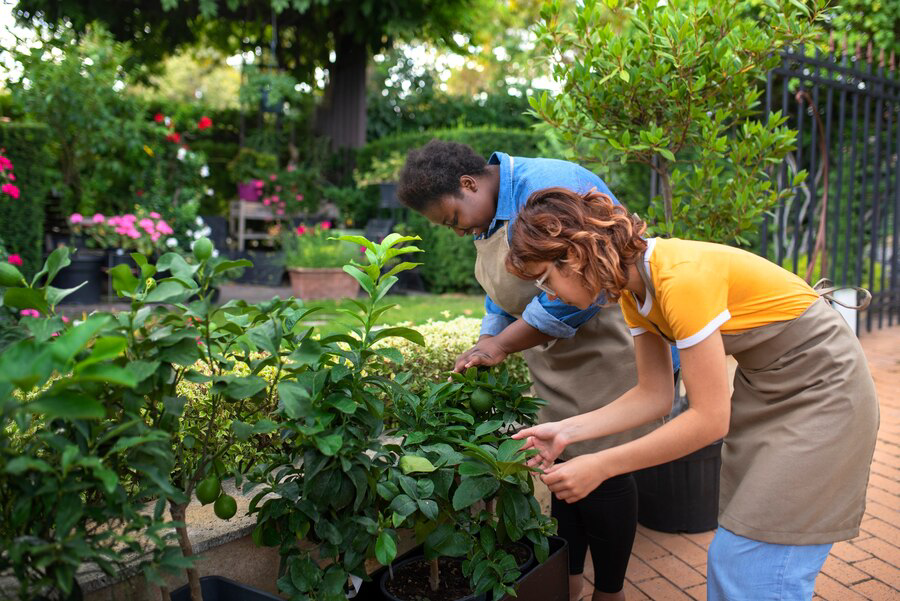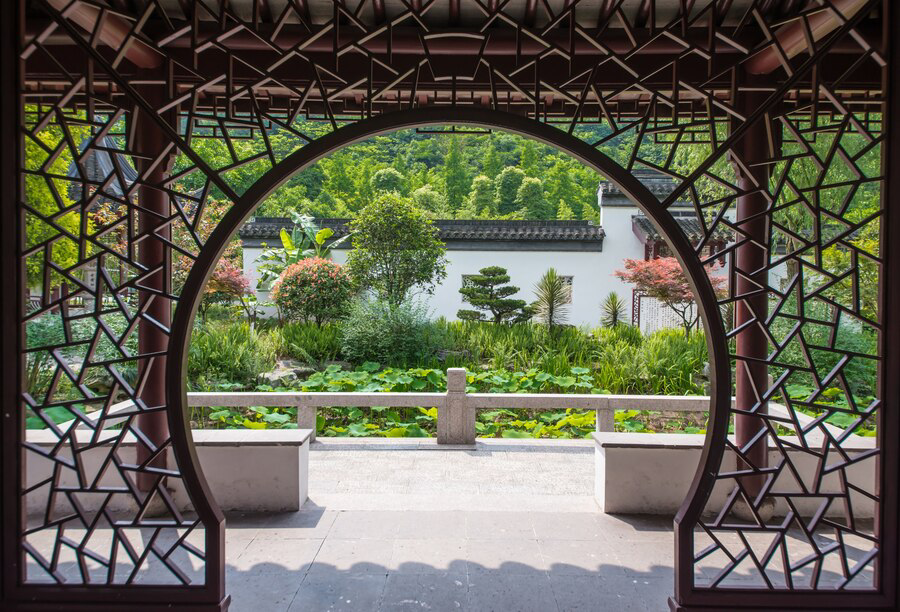In recent years, there has been a growing appreciation for the value of native plants in landscape design. Native plants, which are species that naturally occur in a particular region and have evolved alongside local wildlife and ecosystems, offer numerous benefits for both the environment and human well-being. From supporting biodiversity and ecosystem resilience to requiring less water and maintenance, incorporating native plants in landscape design is a sustainable and rewarding choice. In this article, we’ll explore the importance of embracing diversity and incorporating native plants in landscape design.

Supporting Biodiversity and Ecosystem Health:
One of the primary reasons for incorporating native plants in landscape design is their ability to support biodiversity and promote ecosystem health. Native plants provide habitat, food, and shelter for a wide range of wildlife, including birds, insects, and mammals. By planting native species, you can create thriving ecosystems that attract pollinators, beneficial insects, and other wildlife, contributing to the overall health and resilience of local ecosystems.
Enhancing Environmental Sustainability:
Native plants are well-adapted to local climate conditions, soil types, and rainfall patterns, making them inherently more resilient and sustainable choices for landscaping. Unlike non-native species, which may require extensive irrigation, fertilization, and pest management, native plants are generally low-maintenance and drought-tolerant once established. By reducing the need for supplemental water, chemical inputs, and other resources, incorporating native plants in landscape design helps conserve water, reduce pollution, and minimize environmental impact.
Celebrating Cultural and Ecological Heritage:
Incorporating native plants in landscape design is also a way to celebrate and honor the cultural and ecological heritage of a region. Native plants have deep-rooted connections to the land, playing important roles in indigenous cultures, traditions, and ecosystems. By including native species in your garden, you can preserve and promote local biodiversity, support traditional ecological knowledge, and contribute to the conservation of native plant species for future generations.
Creating Aesthetically Pleasing and Functional Landscapes:
Contrary to the misconception that native plants are dull or unattractive, incorporating native species in landscape design can result in beautiful, diverse, and functional landscapes. Native plants offer a wide range of colors, textures, and forms that can be creatively combined to create visually appealing and dynamic garden compositions. Additionally, native plants are well-suited to specific ecological niches, making them ideal choices for addressing challenging growing conditions such as shade, poor soil, or erosion-prone areas.

Fostering Resilience and Adaptation to Climate Change:
As climate change continues to impact ecosystems worldwide, incorporating native plants in landscape design is increasingly important for fostering resilience and adaptation. Native plants are adapted to the local climate and are better able to withstand extreme weather events, temperature fluctuations, and other environmental stresses. By planting native species, you can help create landscapes that are more resilient to climate change and better equipped to support biodiversity and ecosystem services in the face of uncertainty.
Conclusion:
Incorporating native plants in landscape design offers numerous benefits for the environment, wildlife, and human well-being. From supporting biodiversity and ecosystem health to enhancing environmental sustainability and celebrating cultural heritage, native plants play a crucial role in creating resilient and vibrant landscapes. Whether you’re designing a residential garden, public park, or commercial development, embracing diversity and incorporating native plants can help create landscapes that are not only beautiful and functional but also ecologically sound and sustainable. Contact us today to learn more about how we can help you incorporate native plants in your landscape design and create thriving, biodiverse outdoor spaces that benefit people and the planet.











